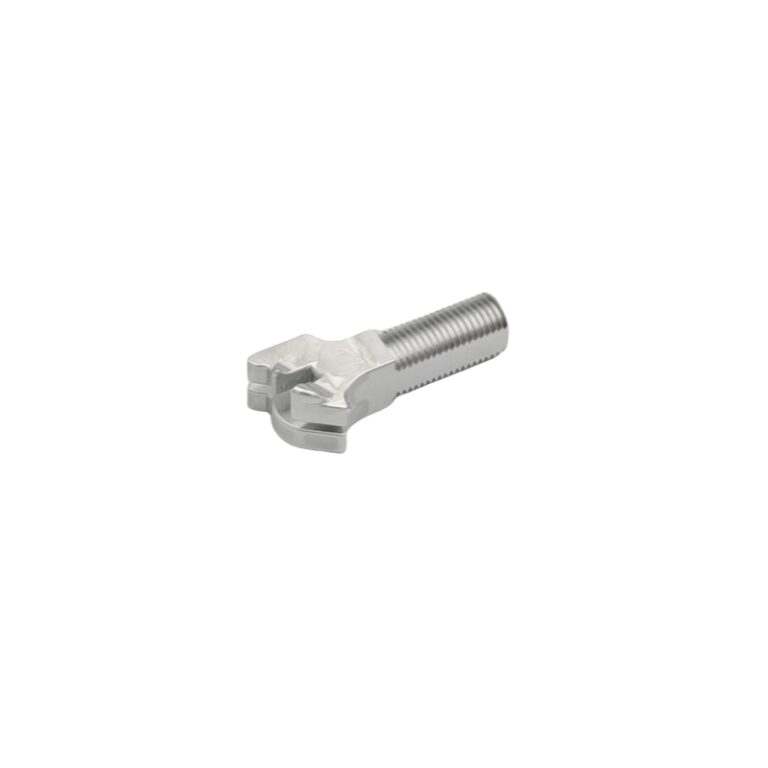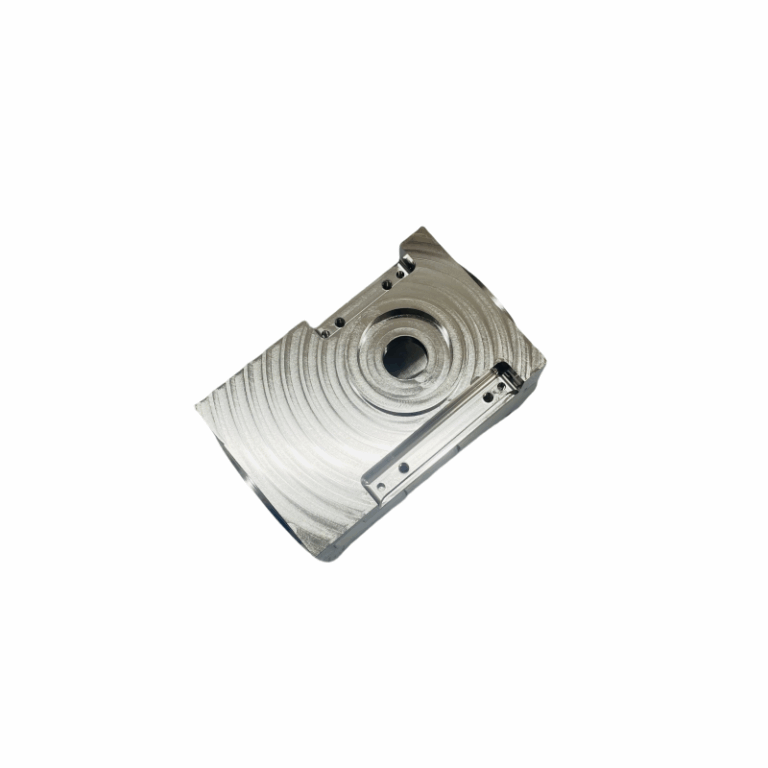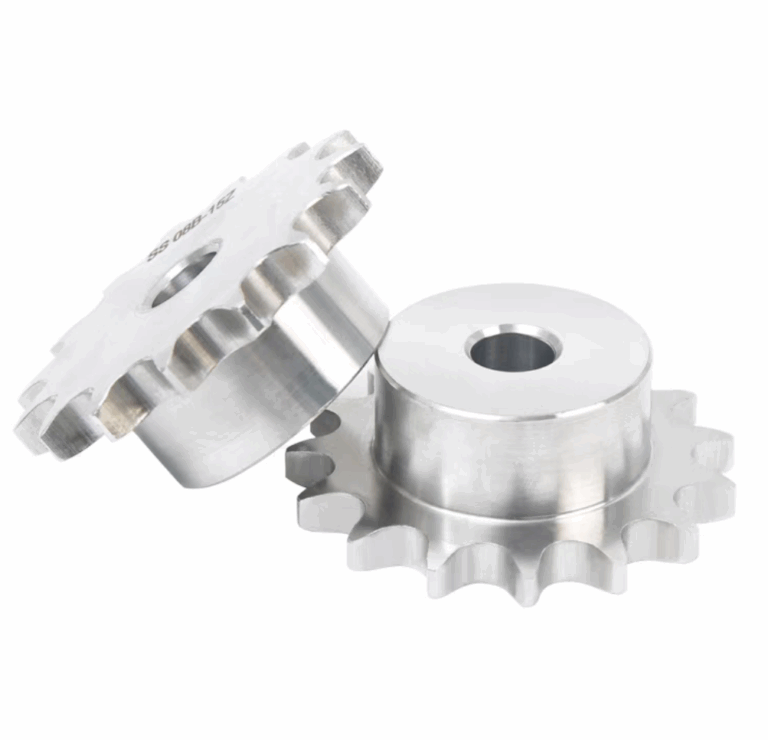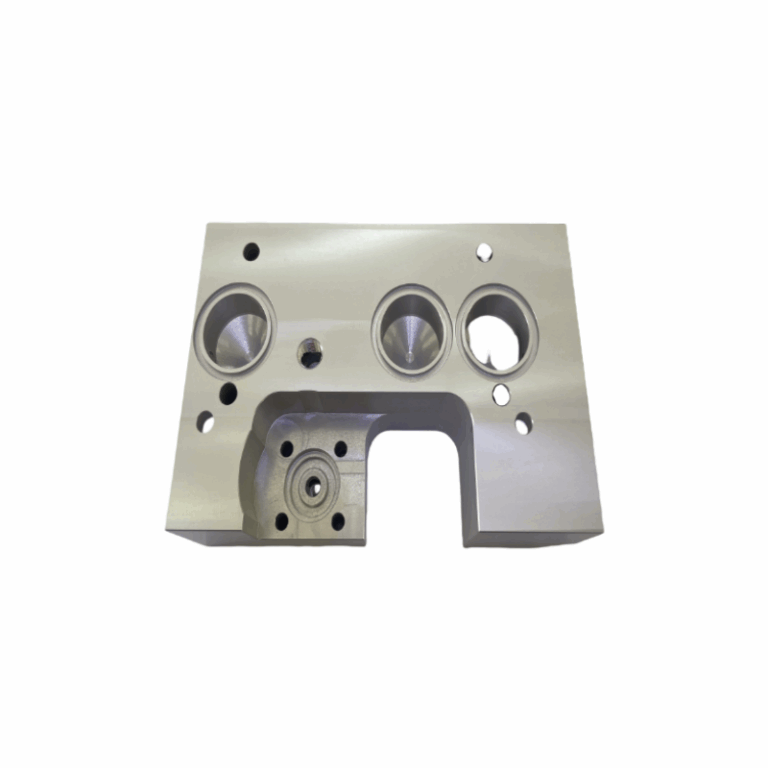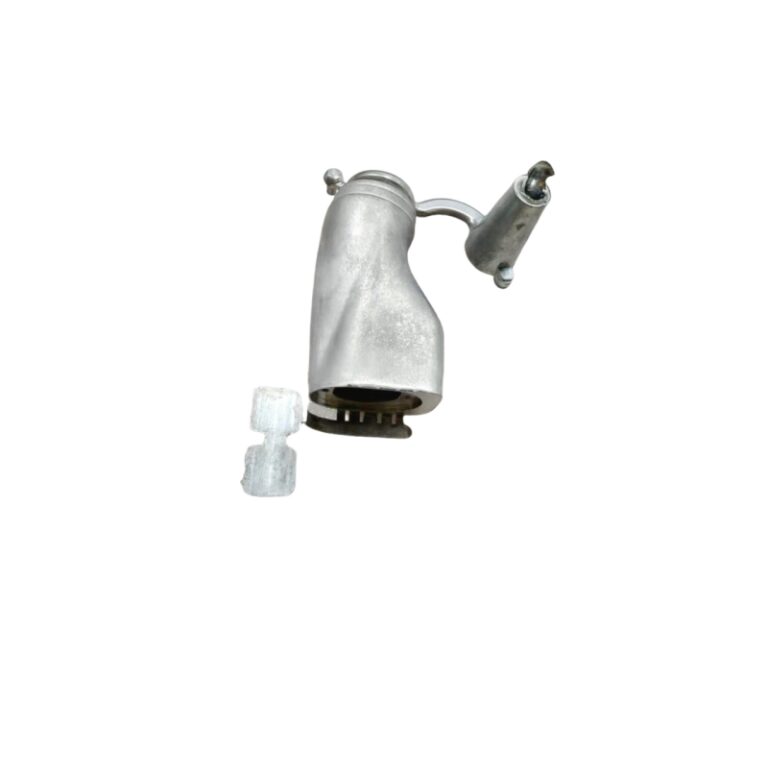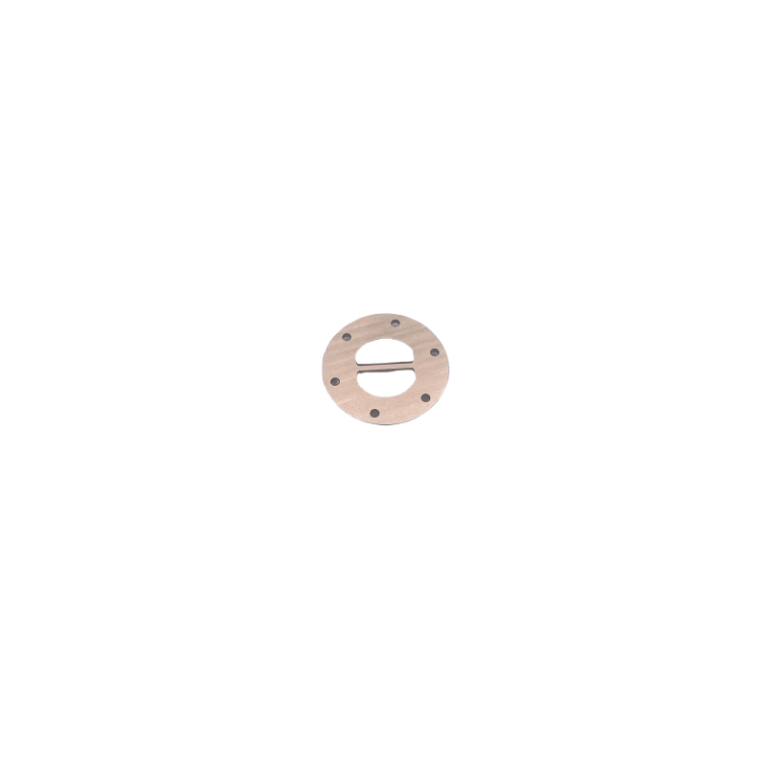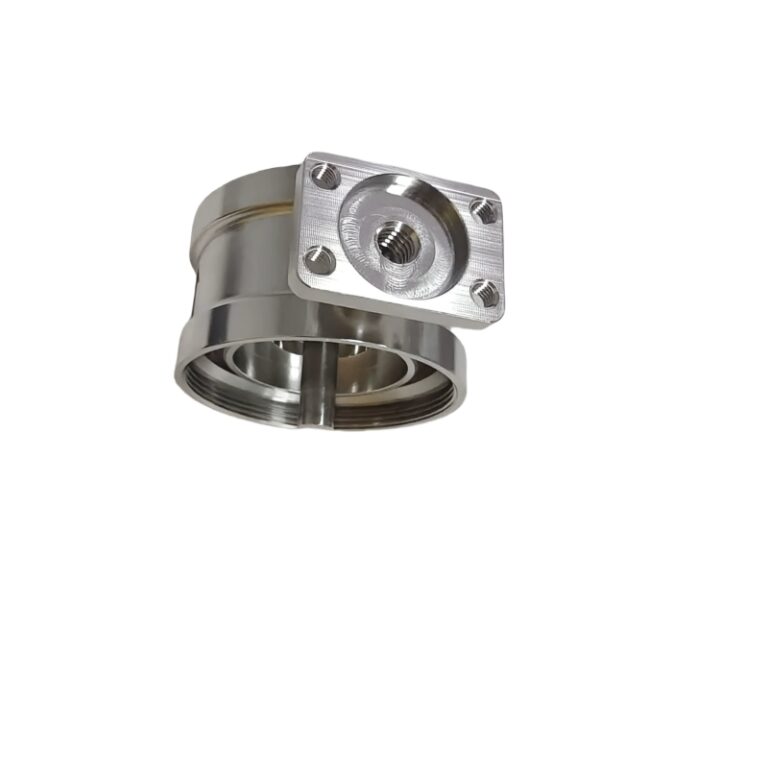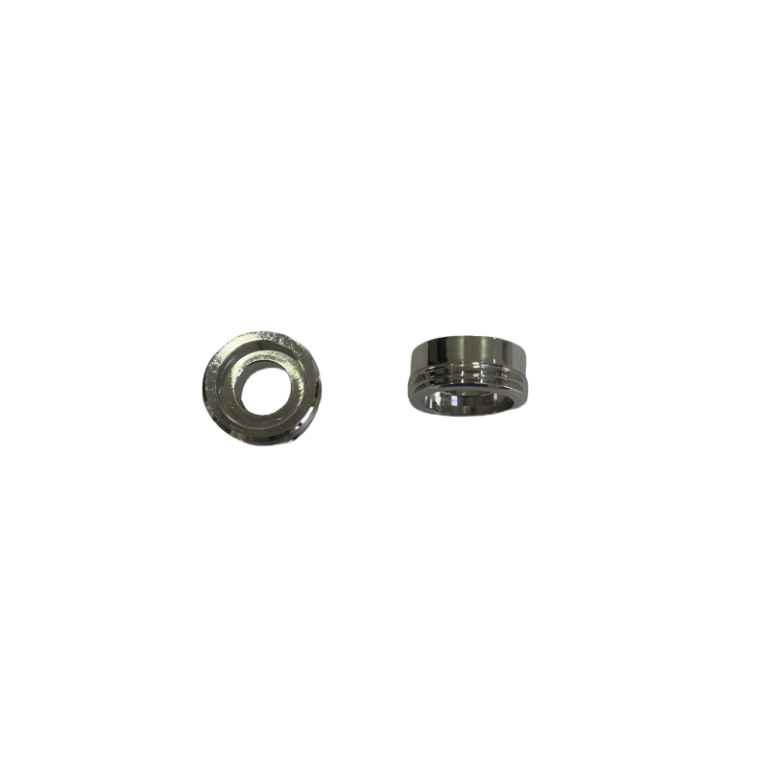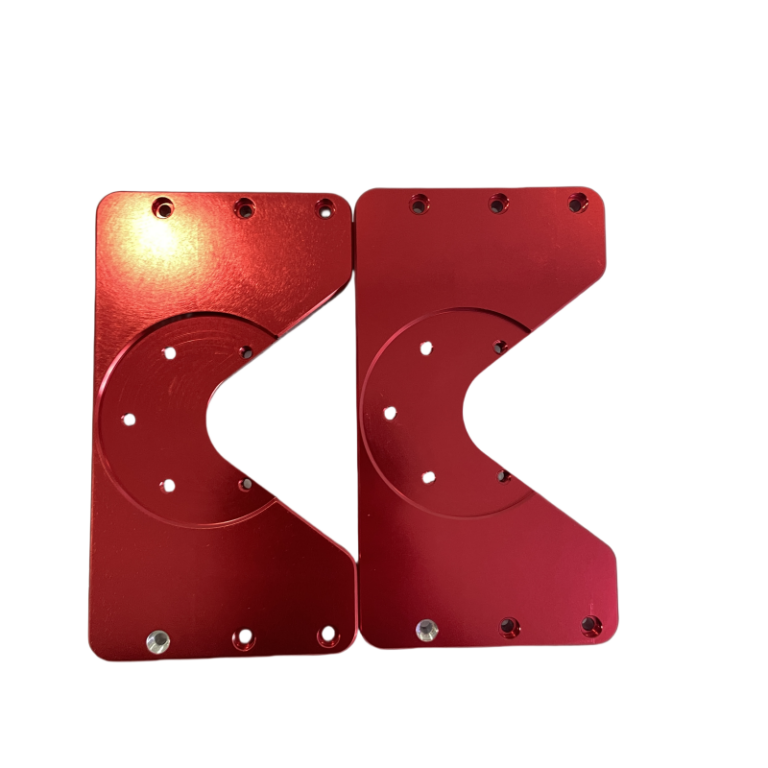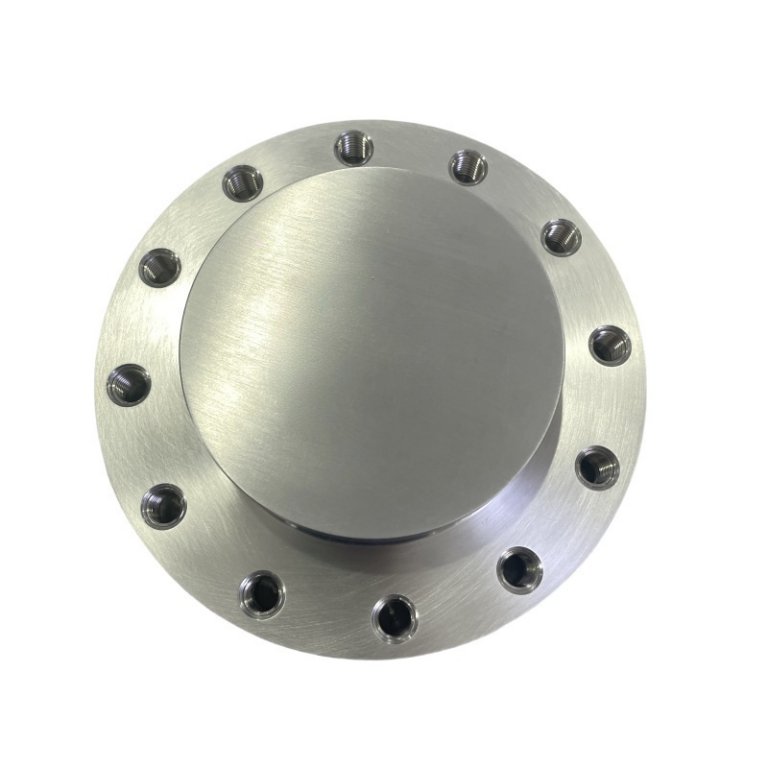shear stress plays an important role in industrial production. It is key to understanding and controlling the deformation of materials and improving production efficiency. In-depth research on shear stress helps to promote the development of materials science and mechanical engineering.
Definition:
Shear stress is an important concept in physics, especially in the fields of material science and mechanical engineering. It describes the force produced when an object is cut. In short, when there is a relatively sliding or movement trend between two objects, shear stress is generated.
Working principle:
The generation of shear stress is related to the relative movement of objects. During the cutting process, the material is affected by external forces, resulting in a relative displacement of its internal texture, thereby generating shear stress. This force is perpendicular to the contact surface, causing the material to deform in the shear direction.
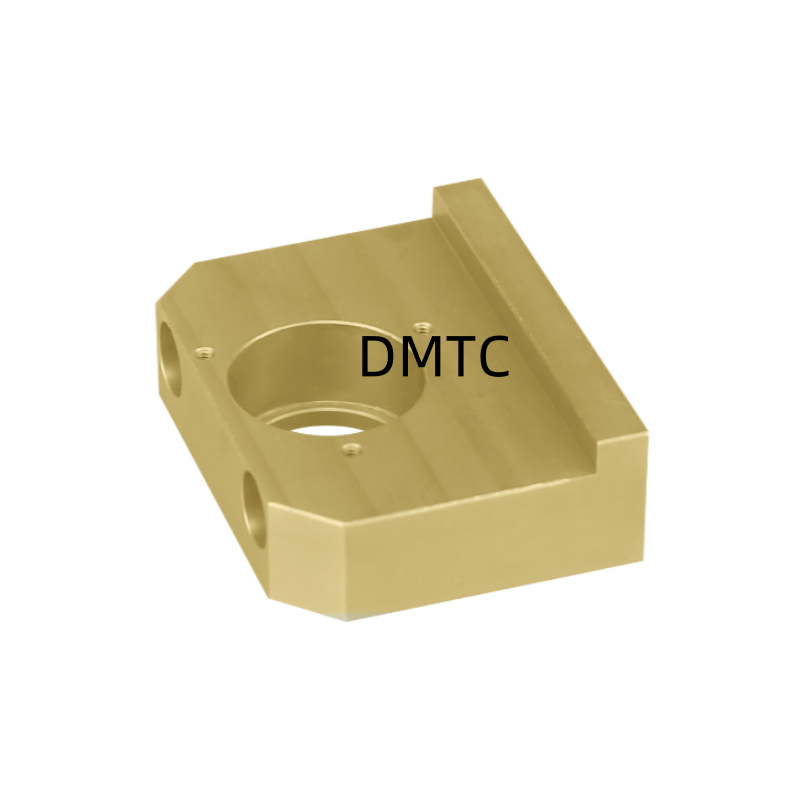
Advantages:
The main advantages of shear stress include its efficient, accurate, and extensive application scope. Shear stress is also economically efficient in material processing. The flatness of the incision and the characteristics of non-chopping are widely used in many areas.
1: High-efficiency economy: The shear stress does not need to be cut off during the material separation process, so it is highly efficient and suitable for large-scale production.
2: The incision is smooth: The cutting plane of the shear stress is smooth, and no subsequent polishing treatment is required, which saves time and cost.
3: The scope of application is wide: The shear stress is suitable for the cutting of various metal materials, especially thick metal plates, such as steel and steel pipes.
4: High-precision: The precise mechanical structure design ensures the straight linearity and accuracy of the shear process, which is suitable for complex metal parts.
5: Strong safety: The design of the hydraulic-driven cutting tool design has a safe protection device, which reduces the risk of operation.
In summary, shear stress plays an important role in industrial production due to its efficient, accurate, and high safety characteristics, especially in the field of metal processing.
(If you have this need, please check out the development and selection guide for metal plate-cutting services)
Application of shear stress in machinery:
In industrial production, shear stress is a crucial parameter. For example, in metal processing, plastic molding, paper cutting, and other processes, it is necessary to understand the size and distribution of shear stress between materials in order to complete the processing. This is of great significance for controlling product quality and improving production efficiency.
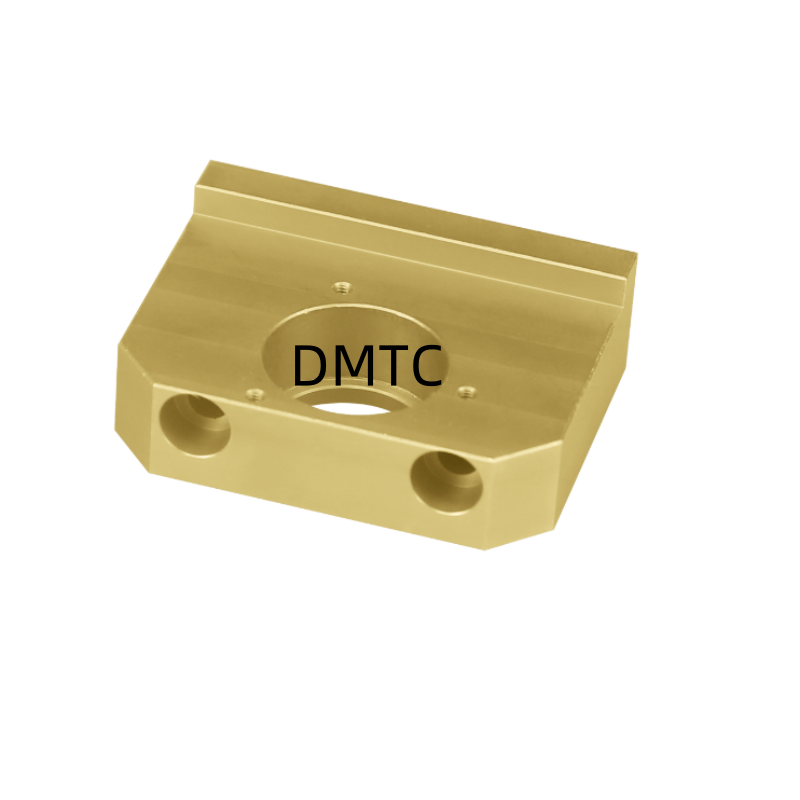
Analysis and optimization method of shear stress in metal cutting:
In the field of metal processing, it is an important parameter when using cutting tools to process metal materials. Shear stress not only affects the stability of the cutting process and the surface quality but also has an important impact on the life and cutting efficiency of the tool and machine tools. Therefore, analyzing and optimizing the shear stress in metal cutting is the key to improving processing efficiency and quality.
First, we need to understand the main sources of shear stress generated during metal cutting. Generally speaking, it includes two main parts: cutting force and lateral force. Cutting force refers to the cutting resistance of the workpiece material when the tool moves along the cutting direction, and its magnitude is affected by factors such as cutting speed, cutting depth, and cutting rate. Lateral force refers to the horizontal force acting on the workpiece during cutting, and its magnitude is mainly determined by factors such as groove width and cutting angle.
Secondly, the shear stress in metal cutting can be analyzed and calculated through theoretical models, experimental methods, or simulation technology. Among them, the theoretical model is mainly a mathematical model established based on the principles of mechanics and materials science, and predictions are made by considering parameters such as cutting speed, cutting depth, and cutting rate; the experimental method measures the actual cutting process and obtains the size of the shear stress by using data processing and statistical analysis methods; finally, simulation technology is to establish a simulation model, establish mathematical modeling and calculations for various factors involved in the cutting process, and obtain the size and distribution of the shear stress through computer simulation.
(Learn more about how to choose the best metal-cutting service?)
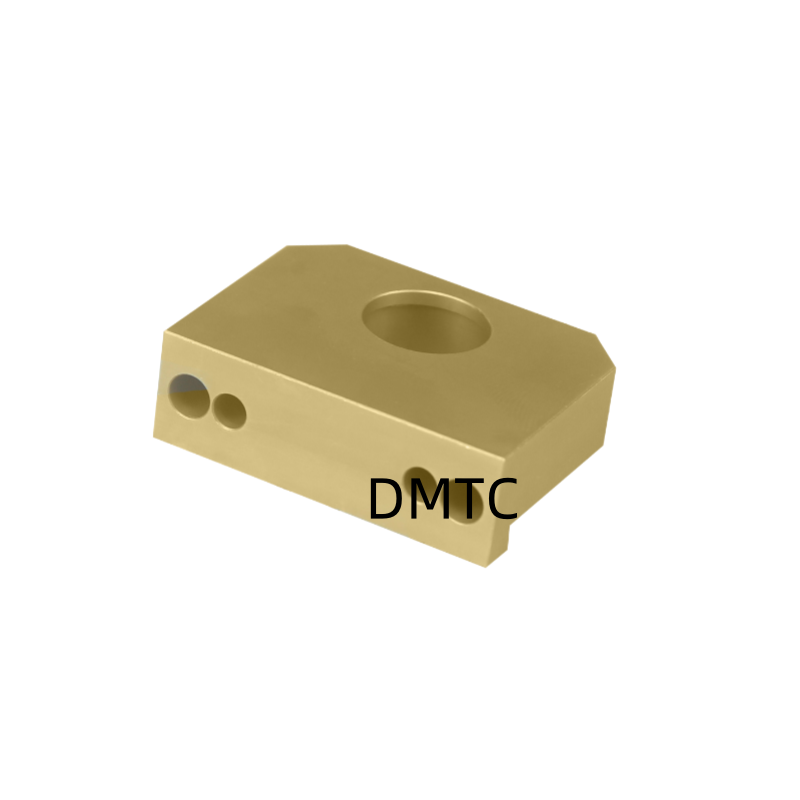
DMTC has professional technicians. We have high-end precision imported equipment. In metal processing, our technicians have adopted some optimization methods based on shear analysis to reduce the shear stress, thereby increasing the cutting process efficiency and quality. There are some commonly used optimization methods:
- Select the right cutting parameters: By adjusting the parameters of the cutting speed, cutting depth, and cutting rate, the size of the shear stress can be effectively reduced. For example, when the material has high cutting hardness, you can choose a lower cutting speed and cutting depth to reduce the size of the cutting force.
- Optimize the cutting tool design: By optimizing the geometric shape and material selection of the cutting tool, the contact between the tool and the workpiece can be improved and the size of the cutting force can be reduced. For example, the use of a knife backward design can reduce the size of the side force.
- Select the right cutting fluid: The cutting fluid plays the role of lubrication and cooling during the cutting process, which can effectively reduce the friction and heat generated during the cutting process, thereby reducing the size of the shear stress.
- Optimize the cutting path: By adjusting the cutting path and cutting strategy, the size of the shear stress can be reduced. For example, the use of a spiral cutting path can reduce the size of the cutting force.
In a word, the shear analysis and optimization methods in metal cutting are of great significance to improving processing efficiency and quality. The size and direction of the shear stress have an important impact on the deformation and damage of the object. When the reaches a certain value, the object may cause plastic deformation or break. Therefore, in the field of engineering, the research has important practical significance. By analyzing and calculating the shear stress, the strength and durability of the material can be predicted and evaluated, and the basis for engineering design and security assessment can be provided.

